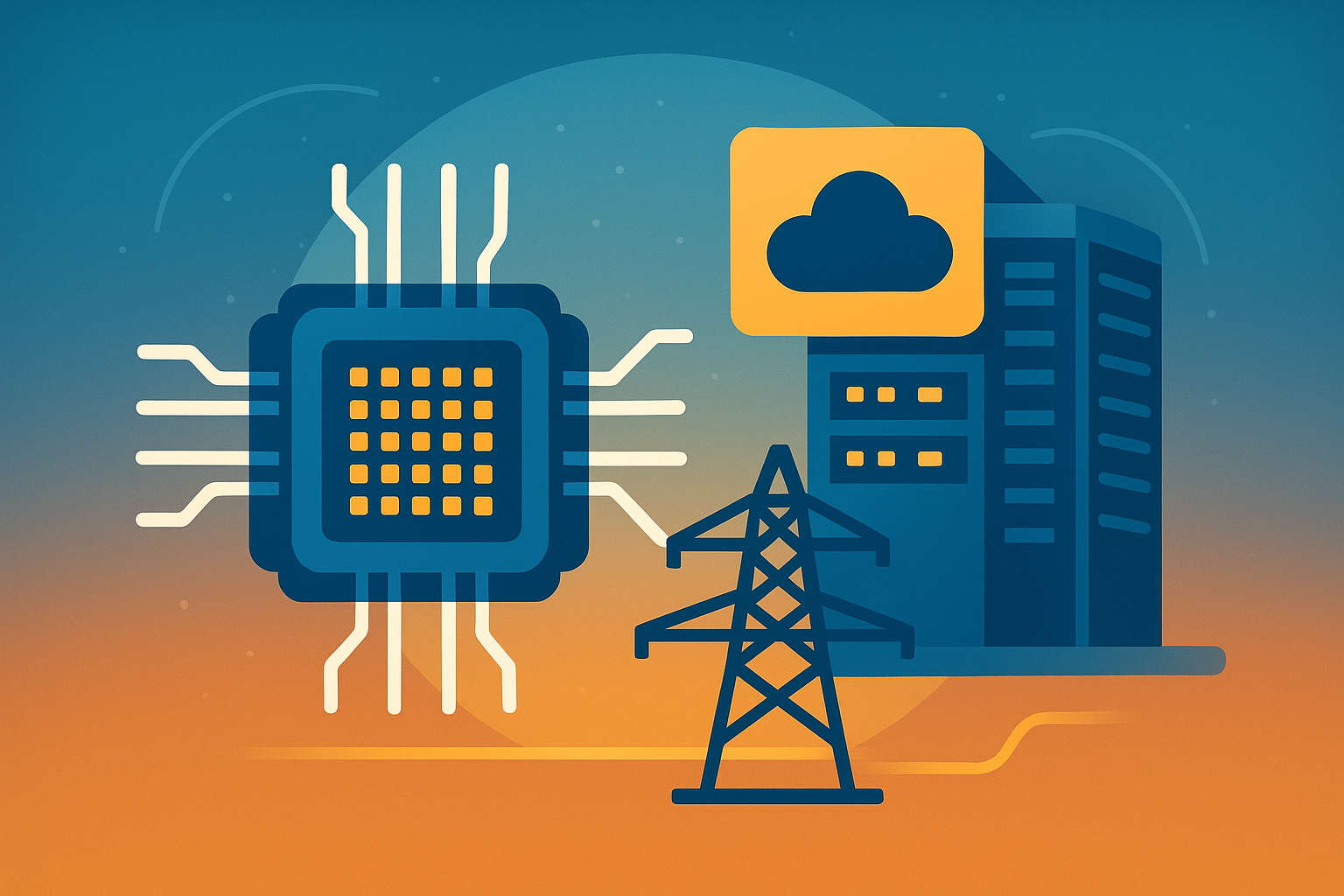As the artificial intelligence (AI) boom enters its next phase, the market’s focus is shifting from flashy front-end applications to the deeper infrastructure layers that make those systems possible. According to a new Morgan Stanley analysis reported by Yahoo Finance, soaring investment in semiconductors, data centers, and energy systems is driving an unprecedented ripple effect across the entire AI supply chain — one that could redefine where the most sustainable returns are found.
The Invisible Backbone of the AI Economy
Behind every AI model lies a vast physical and digital infrastructure — chip foundries, memory supply chains, cooling systems, and fiber connectivity. While headlines often spotlight AI leaders like Nvidia or OpenAI, the capital-intensive “plumbing” of the ecosystem is increasingly attracting investor attention.
Morgan Stanley’s latest note highlights that global AI-related capital expenditures (CapEx) could exceed $400 billion by 2026, up sharply from $130 billion in 2023. The report emphasizes that hyperscalers such as Microsoft, Amazon, and Google are accelerating spending not just on GPUs but also on the infrastructure that supports them. That includes everything from high-bandwidth memory (HBM) and advanced packaging to liquid cooling systems and high-voltage power infrastructure.
“AI is now a full-stack phenomenon,” the report states. “Each dollar of GPU spending generates incremental demand for roughly two dollars of supporting infrastructure.”
Why This Matters for Investors
This shift marks a critical opportunity for investors who are willing to look beyond the obvious AI winners. While stocks like Nvidia and Broadcom continue to dominate headlines, there’s growing conviction that the more resilient gains may lie in secondary and tertiary enablers — from foundry operators (TSMC, GlobalFoundries) to equipment suppliers (ASML, Applied Materials) and data center REITs that host the expanding AI compute backbone.
Energy infrastructure is also emerging as a vital link. The International Energy Agency recently warned that data center electricity consumption could double by 2027, underscoring mounting pressure on grid systems and creating potential upside for firms in power generation, grid technology, and thermal management.
“Investors should not underestimate how quickly AI’s infrastructure demand compounds,” says John Freeman, Head of Equity Strategy at CFRA Research. “Power, cooling, and connectivity are becoming the next bottlenecks — and those who solve them will command the highest margins.”
The Semiconductor Supply Chain Rebuild
The AI buildout is also driving structural change in the semiconductor sector. The U.S. CHIPS and Science Act has catalyzed over $200 billion in private investments since 2022, according to the Department of Commerce, as companies race to onshore chip production and secure domestic capacity.
Morgan Stanley’s analysis notes that this expansion is not limited to fabrication plants — upstream suppliers of photolithography tools, wafer materials, and packaging technologies are experiencing parallel growth. The rising complexity of AI chips, requiring higher memory bandwidth and more efficient power delivery, is fueling sustained demand for these specialized inputs.
Meanwhile, firms like Micron Technology and SK Hynix are benefiting from surging orders for high-bandwidth memory, which has become indispensable for training large AI models. The same goes for Arista Networks and Marvell Technology, both of which supply high-speed networking and interconnect components crucial to scaling AI workloads.
Future Trends to Watch
- Power Constraints: Grid stress is emerging as a real bottleneck. Expect accelerated investment in energy-efficient data centers and renewables integration.
- AI Edge Expansion: As inference workloads move to the edge, demand for compact and power-efficient semiconductors could explode.
- Cooling and Real Estate: With AI clusters demanding new heat management solutions, companies in thermal control and specialized data center real estate stand to benefit.
- Vertical Integration: Tech giants may seek to internalize more of their supply chains, tightening competition among third-party vendors but increasing M&A potential.
Key Investment Insight
For investors, the takeaway is clear: the AI revolution’s most durable opportunities may be found not in the algorithms, but in the arteries that keep them alive. The infrastructure supporting chips and data centers — including fabrication, power, cooling, and interconnectivity — represents a multi-decade capital cycle that’s still in its early innings.
Diversified exposure through semiconductor ETFs (like SOXX or SMH) and data center REITs (EQIX, DLR) could offer risk-managed access to this theme. Investors should also monitor policy developments around chip subsidies and power grid incentives, both of which could materially impact sector valuations.
As AI’s infrastructure footprint grows larger and more complex, its supporting ecosystem is quietly becoming the real engine of growth. Stay with MoneyNews.Today for continuous coverage on how these structural shifts are shaping the next generation of market opportunities.





